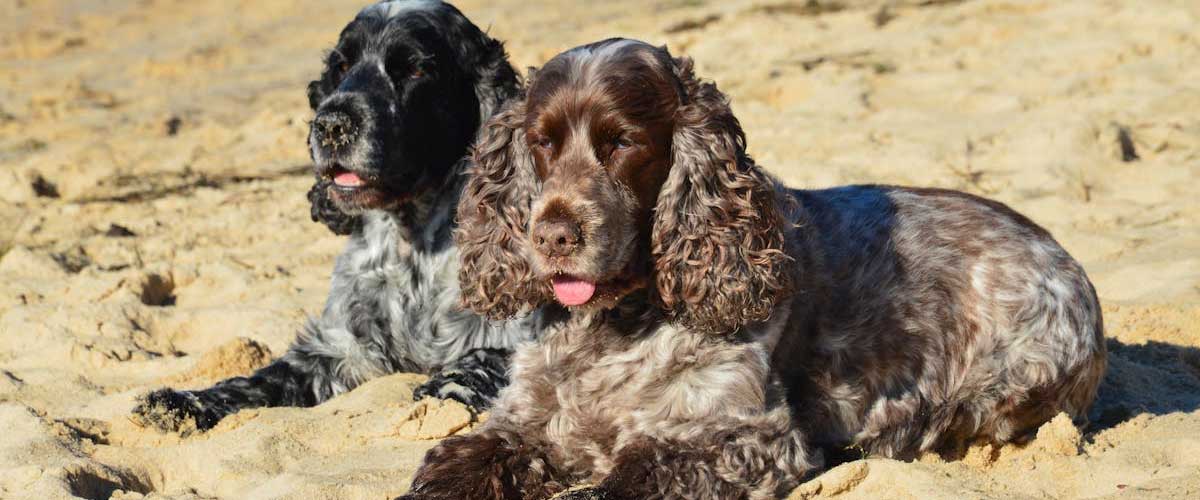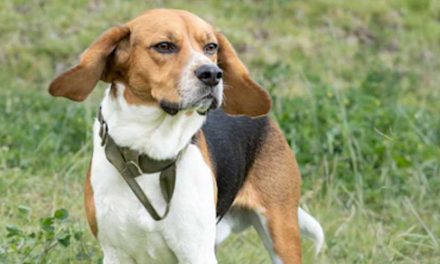The German Spaniel, also known as the Deutscher Wachtelhund, is a remarkable breed known for its versatility, intelligence, and affectionate nature.
Originally bred for hunting and retrieving, this medium-sized dog has gained popularity not only as a working dog but also as a beloved family pet.
Let’s delve into the characteristics, history, and care needs of the German Spaniel.
History
The German Spaniel’s lineage can be traced back to the late 19th century in Germany, where it was developed as a versatile hunting dog capable of working in various terrains and conditions.
The breed was primarily created to assist hunters in tracking, flushing, and retrieving game from land and water.
Its development involved crossing several breeds, including spaniels, water dogs, and various hunting breeds, creating a dog that is not only skilled in retrieval but also possesses a strong sense of smell and a love for water.
Physical Characteristics
German Spaniels are medium-sized dogs usually weighing between 35 to 55 pounds and standing around 17 to 22 inches tall at the shoulder.
They have a sturdy build, with a well-proportioned body, a deep chest, and strong limbs that reflect their athletic nature.
Their coat is dense, wavy, and water-resistant, typically coming in shades of brown, liver, or tan, often with white markings.
One of their most endearing features is their expressive eyes and lovable, slightly floppy ears.
Temperament
These dogs are known for their friendly and energetic personalities.
German Spaniels are incredibly sociable, making them great companions for families and individuals alike.
Their intelligence and eagerness to please make them highly trainable, but they require consistent and positive reinforcement training methods.
Socialization is also crucial for young German Spaniels to ensure they develop into well-adjusted adults.
German Spaniels thrive in active households and require regular physical and mental stimulation.
Whether it’s long walks, fetch games, or swimming, they are always up for an adventure.
They enjoy spending time with their families and are typically good with children and other pets when properly socialized.
Care and Maintenance
To keep a German Spaniel happy and healthy, owners should be prepared to engage in regular exercise and activities that challenge their minds.
Daily walks, playtime, and even training sessions can help fulfill their exercise requirements.
Because of their hunting background, they often have a strong prey drive, so it’s essential to keep them leashed or in a secure area when outdoors.
Grooming is another important aspect of care.
While their wavy coat requires brushing a few times a week to prevent matting, they are not overly heavy shedders.
Bathing should be done as needed, and regular ear cleaning is essential to prevent infections, given their floppy ears.
Health
In general, German Spaniels are regarded as a hardy breed with a lifespan of around 12 to 14 years.
However, like all breeds, they can be prone to specific health issues, including hip dysplasia and certain skin conditions.
Regular veterinary check-ups, a balanced diet, and a healthy lifestyle can help mitigate these risks.
Conclusion
The German Spaniel is an excellent choice for those seeking an active, loyal, and friendly companion.
Their versatility as both a working dog and a family pet makes them a unique breed that can adapt well to various lifestyles.
With the right amount of exercise, training, and care, a German Spaniel can provide years of joy and companionship.
Whether you’re an avid hunter or simply looking for a devoted family pet, the German Spaniel is sure to leave a lasting impression.












